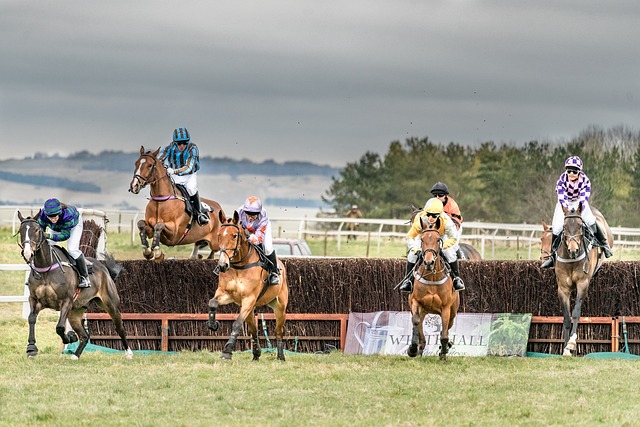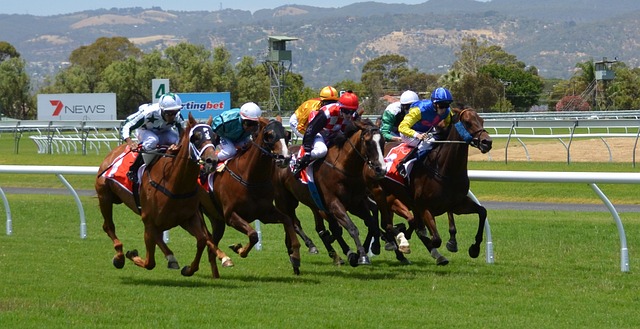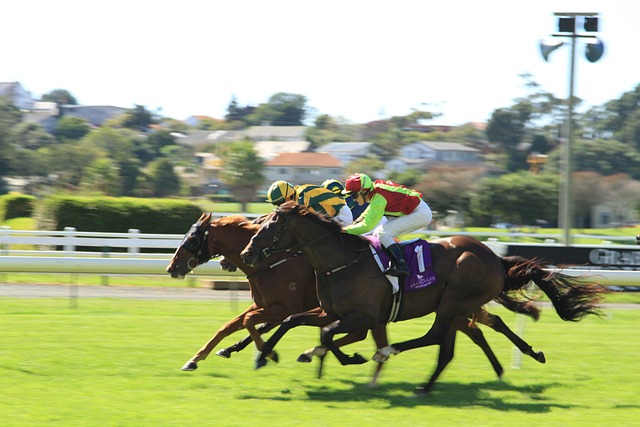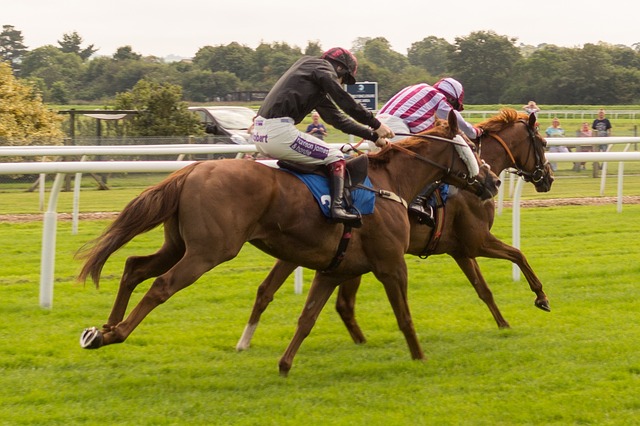Grand National Winners List
Below is a list of Grand National Winners by year and horse name only, starting from 1839 when Lottery was the winner all the way to the present day and Grand National 2025.
2025 – Nick Rockett
2024 – I Am Maximus
2023 – Corach Rambler
2022 – Noble Yeats
2021 – Minella Times
2020 – Abandoned – Covid-19
2019 – Tiger Roll
2018 – Tiger Roll
2017 – One For Arthur
2016 – Rule The World
2015 – Many Clouds
2014 – Pineau De Re
2013 – Auroras Encore
2012 – Neptune Collonges
2011 – Ballabriggs
2010 – Don’t Push It
2009 – Mon Mome
2008 – Comply Or Die
2007 – Silver Birch
2006 – Numbersixvalverde
2005 – Hedgehunter
2004 – Amberleigh House
2003 – Monty’s Pass
2002 – Bindaree
2001 – Red Marauder
2000 – Papillon
1999 – Bobbyjo
1998 – Earth Summit
1997 – Lord Gyllene
1996 – Rough Quest
1995 – Royal Athlete
1994 – Miinnehoma
1993 – VOID RACE
1992 – Party Politics
1991 – Seagram
1990 – Mr Frisk
1989 – Little Polveir
1988 – Rhyme ‘N’ Reason
1987 – Maori Venture
1986 – West Tip
1985 – Last Suspect
1984 – Hallo Dandy
1983 – Corbiere
1982 – Grittar
1981 – Aldaniti
1980 – Ben Nevis
1979 – Rubstic
1978 – Lucius
1977 – Red Rum
1976 – Rag Trade
1975 – L’Escargot
1974 – Red Rum
1973 – Red Rum
1972 – Well To Do
1971 – Specify
1970 – Gay Trip
1969 – Highland Wedding
1968 – Red Alligator
1967 – Foinavon
1966 – Anglo
1965 – Jay Trump
1964 – Team Spirit
1963 – Ayala
1962 – Kilmore
1961 – Nicolaus Silver
1960 – Merryman II
1959 – Oxo
1958 – Mr What
1957 – Sundew
1956 – E.S.B.
1955 – Quare Times
1954 – Royal Tan
1953 – Early Mist
1952 – Teal
1951 – Nickel Coin
1950 – Freebooter
1949 – Russian Hero
1948 – Sheila’s Cottage
1947 – Caughoo
1946 – Lovely Cottage
1941/45 – No Race
1940 – Bogskar
1939 – Workman
1938 – Battleship
1937 – Royal Mail
1936 – Reynoldstown
1935 – Reynoldstown
1934 – Golden Miller
1933 – Kellsboro’ Jack
1932 – Forbra
1931 – Grakle
1930 – Shaun Goilin
1929 – Gregalach
1928 – Tipperary Tim
1927 – Sprig
1926 – Jack Horner
1925 – Double Chance
1924 – Master Robert
1923 – Sergeant Murphy
1922 – Music Hall
1921 – Shaun Spadah
1920 – Troytown
1919 – Poethlyn
1916-1918 – No Race At Aintree
1915 – Ally Sloper
1914 – Sunloch
1913 – Covertcoat
1912 – Jerry M
1911 – Glenside
1910 – Jenkinstown
1909 – Lutteur III
1908 – Rubio
1907 – Eremon
1906 – Ascetic’s Silver
1905 – Kirkland
1904 – Moifaa
1903 – Drumcree
1902 – Shannon Lass
1901 – Grudon
1900 – Ambush II
1899 – Manifesto
1898 – Drogheda
1897 – Manifesto
1896 – The Soarer
1895 – Wild Man
1894 – Why Not
1893 – Cloister Bill
1892 – Father O’Flynn
1891 – Come Away
1890 – Ilex
1889 – Frigate
1888 – Playfair
1887 – Gamecock
1886 – Old Joe
1885 – Roquefort
1884 – Voluptuary
1883 – Zoedone
1882 – Seaman
1881 – Woodbrook
1880 – Empress
1879 – The Liberator
1878 – Shifnal
1877 – Austerlitz
1876 – Regal
1875 – Pathfinder
1874 – Reugny
1873 – Disturbance
1872 – Casse Tete
1871 – The Lamb
1870 – The Colonel
1869 – The Colonel
1868 – The Lamb
1867 – Cortolvin
1866 – Salamander
1865 – Alcibiade
1864 – Emblematic
1863 – Emblem
1862 – The Huntsman
1861 – Jealousy
1860 – Anatis
1859 – Half Caste
1858 – Little Charley
1857 – Emigrant
1856 – Freetrader
1855 – Wanderer
1854 – Bourton
1853 – Peter Simple
1852 – Miss Mowbray
1851 – Abd-EI-Kader
1850 – Abd-El-Kader
1849 – Peter Simple
1848 – Chandler
1847 – Matthew
1846 – Pioneer
1845 – Cure-All
1844 – Discount
1843 – Vanguard
1842 – Gay Lad
1841 – Charity
1840 – Jerry
1839 – Lottery
 For most punters the dream is to bet on a winning outsider and pocket a lot of cash. When you consider since 1839 there have been just a handful of winners at 100/1 you may be pushing your luck for something more. However, never say never because one day you may be surprised.
For most punters the dream is to bet on a winning outsider and pocket a lot of cash. When you consider since 1839 there have been just a handful of winners at 100/1 you may be pushing your luck for something more. However, never say never because one day you may be surprised. The pinnacle of racing at the Cheltenham Festival saw a fascinating renewal of the Gold Cup. Inothewayurthinkin, trained by Gavin Cromwell, ridden by Mark Walsh, and owned by the richest man from Limerick, J.P. McManus, proved a worthy winner. The seven-year-old gelding left Galopin Des Champs in his wake, returning at odds of 15/2. The Willie Mullins-trained horse and hope for three consecutive wins was dismissed.
The pinnacle of racing at the Cheltenham Festival saw a fascinating renewal of the Gold Cup. Inothewayurthinkin, trained by Gavin Cromwell, ridden by Mark Walsh, and owned by the richest man from Limerick, J.P. McManus, proved a worthy winner. The seven-year-old gelding left Galopin Des Champs in his wake, returning at odds of 15/2. The Willie Mullins-trained horse and hope for three consecutive wins was dismissed. Looking back to the Aintree Grand National 2014.
Looking back to the Aintree Grand National 2014. Looking back at the 2015 Aintree Grand National.
Looking back at the 2015 Aintree Grand National.